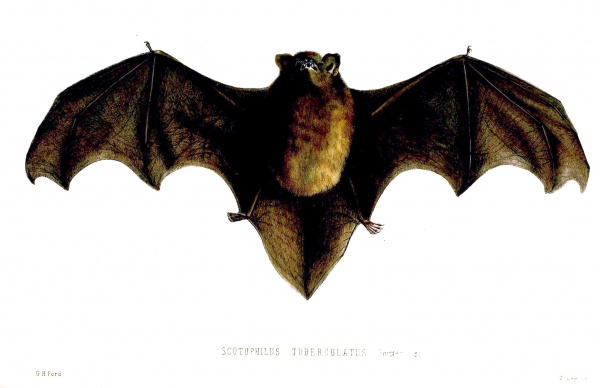Facts About New Zealand long-tailed bat
The New Zealand long-tailed bat, also referred to as the long-tailed wattled bat or pekapeka-tou-roa, is a remarkable species endemic to New Zealand. It is one of only two surviving bat species in the country and shares a close relationship with bats from Australia and other regions. This small, brown bat is distinct due to its elongated tail, which is connected to its hind legs by a thin membrane known as the patagium.
These bats are adept hunters, capturing flies and other insects while navigating the air with agility. They have an extensive home range and are capable of flying at impressive speeds. Notably, their body temperature varies depending on their activity level and environmental conditions.
When selecting roosting sites, these bats exhibit particular preferences. They favor low-altitude areas near the edges of woodlands. Female bats give birth to a single pup each summer, but only after reaching the age of one year.
Regrettably, the New Zealand long-tailed bat is facing significant challenges. It is classified as "Nationally Critical" with projections indicating a decline of over 70%. The primary threats include habitat destruction due to logging and potential risks from wind farms.
Conservation efforts are actively being pursued to protect these unique bats and ensure their continued survival in New Zealand. With appropriate measures, we can help secure their future.
